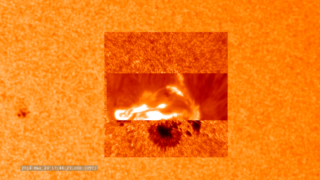The Best Observed X-class Flare
To have a record of such an intense flare from so many observatories is unprecedented. Such research can help scientists better understand what catalyst sets off these large explosions on the sun. Perhaps we may even some day be able to predict their onset and forewarn of the radio blackouts solar flares can cause near Earth – blackouts that can interfere with airplane, ship and military communications.
- 1280x720 jpeg (76.0 KB) Still Image
- 640x360 mpeg-4 (28.4 MB) 29.97 fps
- 1280x720 x-ms-wmv (60.4 MB) 29.97 fps
- 960x540 mpeg-4 (66.8 MB) 29.97 fps
- 1280x720 quicktime (2.5 GB) 59.94 fps ProRes version for Video Editors
- 1280x720 quicktime (69.1 MB) 29.97 fps (for YouTube)
- 320x240 mpeg-4 (12.8 MB) 29.97 fps
- 720x480 x-ms-wmv (40.8 MB) 29.97 fps
- 640x360 quicktime (52.1 MB) 29.97 fps
- 1280x720 quicktime (69.1 MB) 29.97 fps
- 1280x720 quicktime (757.0 MB) 59.94 fps
- SubRip caption file (for Facebook and YouTube) (3.0 KB)
- WebVTT caption file (3.0 KB)
- 960x540 mpeg-4 (66.8 MB) 29.97 fps *
- Right click movies to download them if they automatically play in your browser.
- * Embedded subtitles will currently only play in the Safari browser.
Watch this video on the NASAexplorer YouTube channel.
For complete transcript, click here.
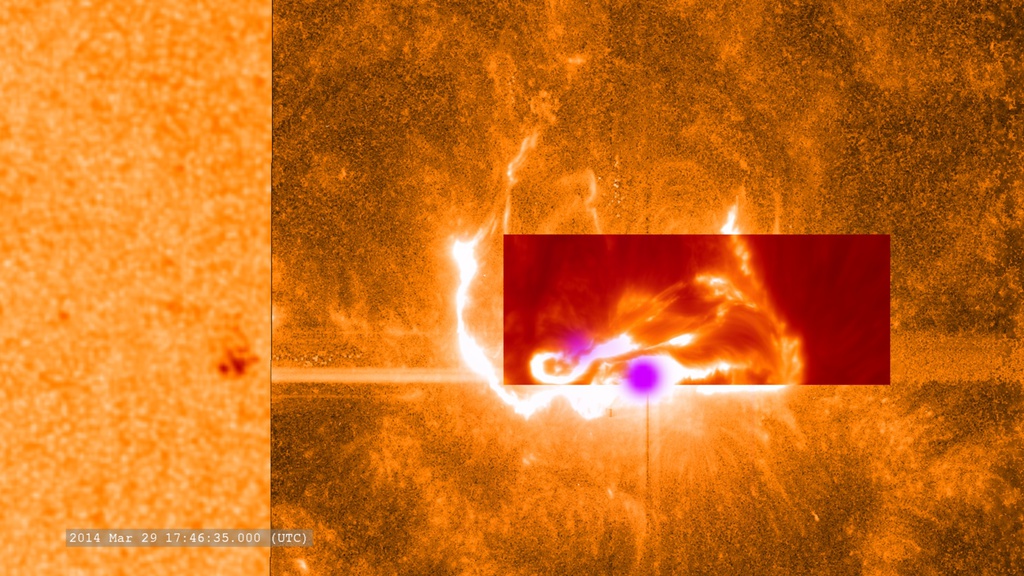
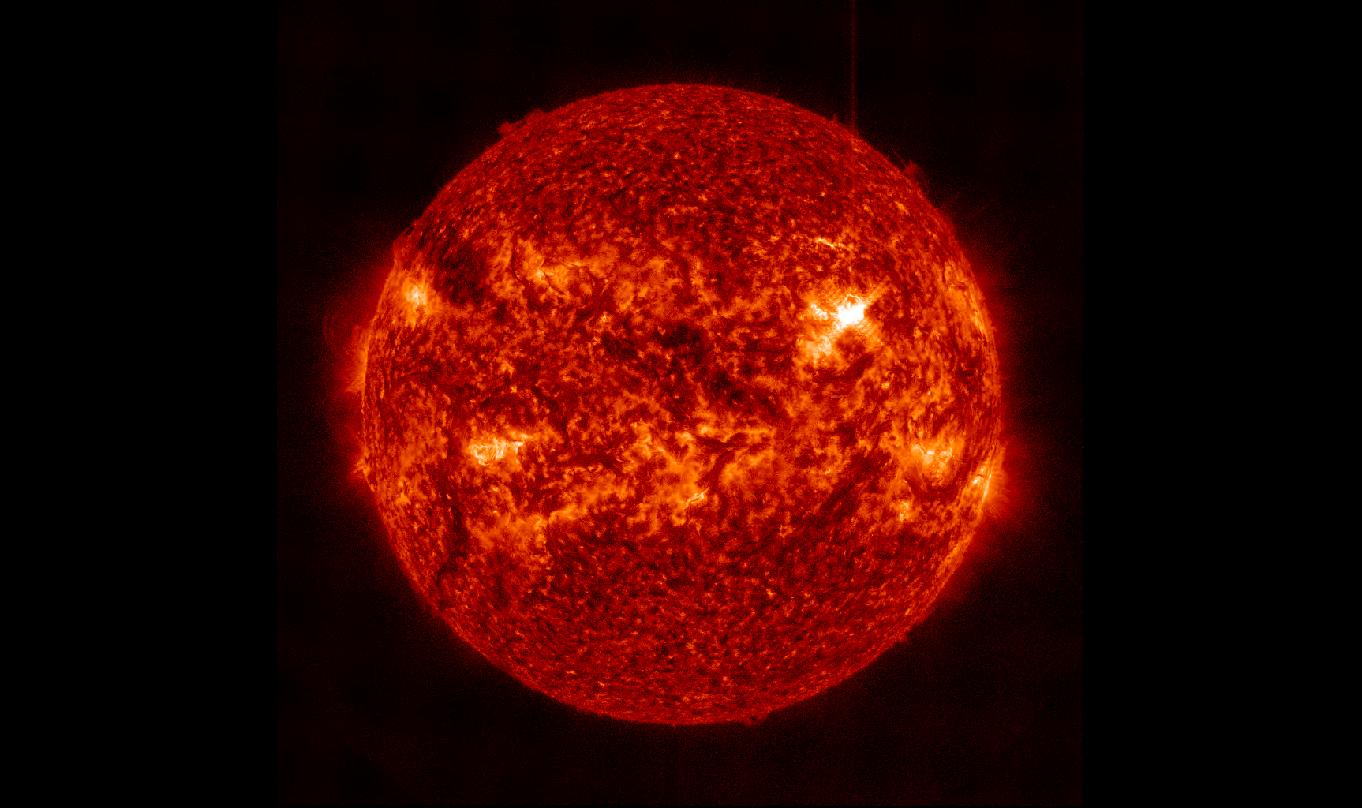
Credit: NASA/SDO/AIA
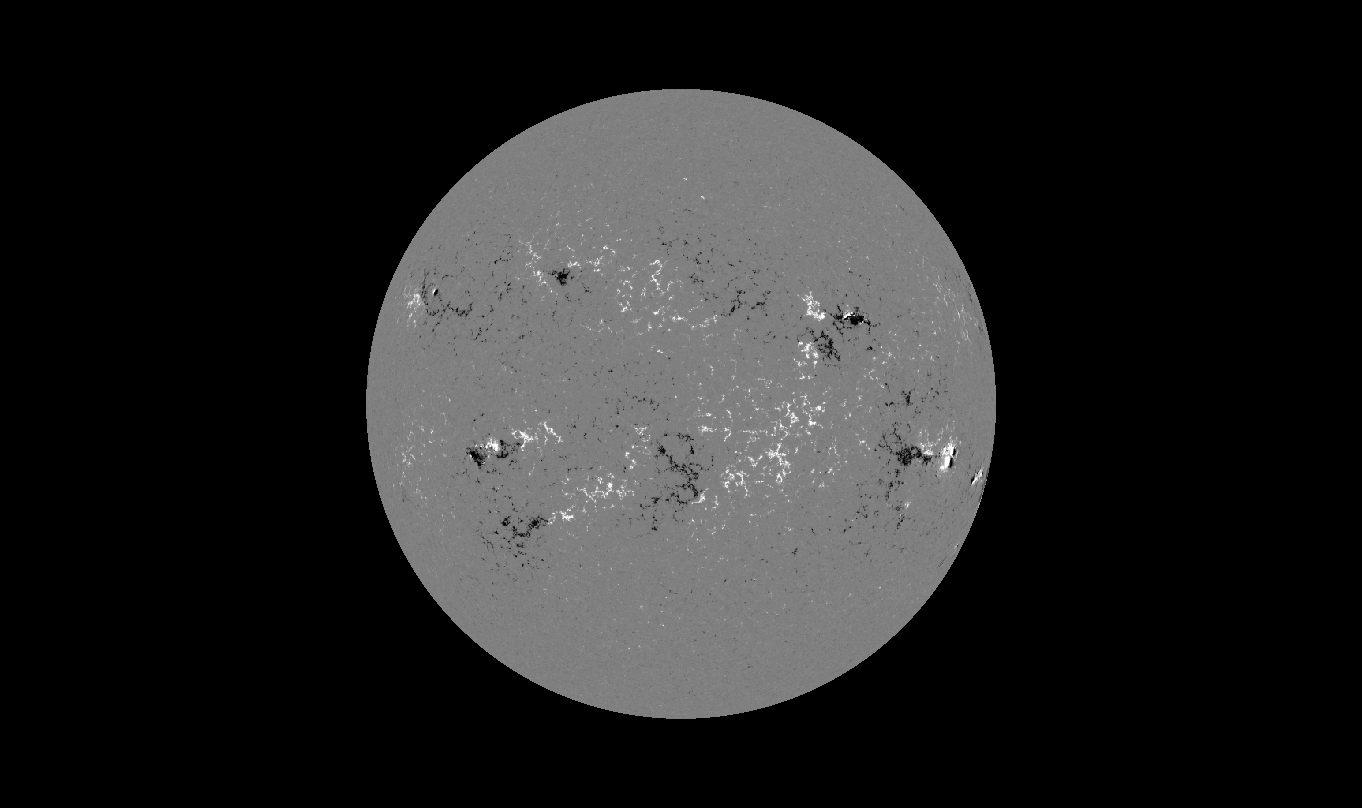
Credit: NASA/SDO/HMI
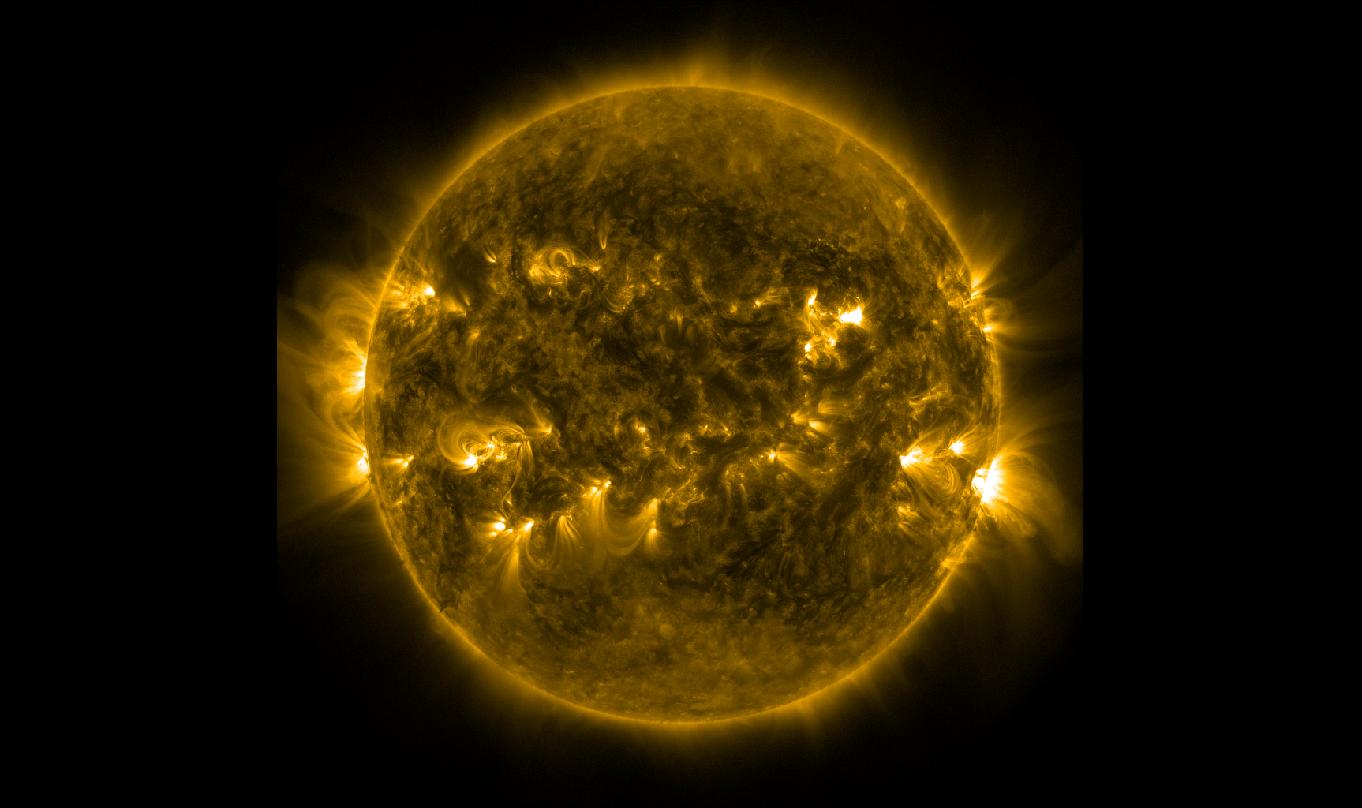
Credit: NASA/SDO/AIA
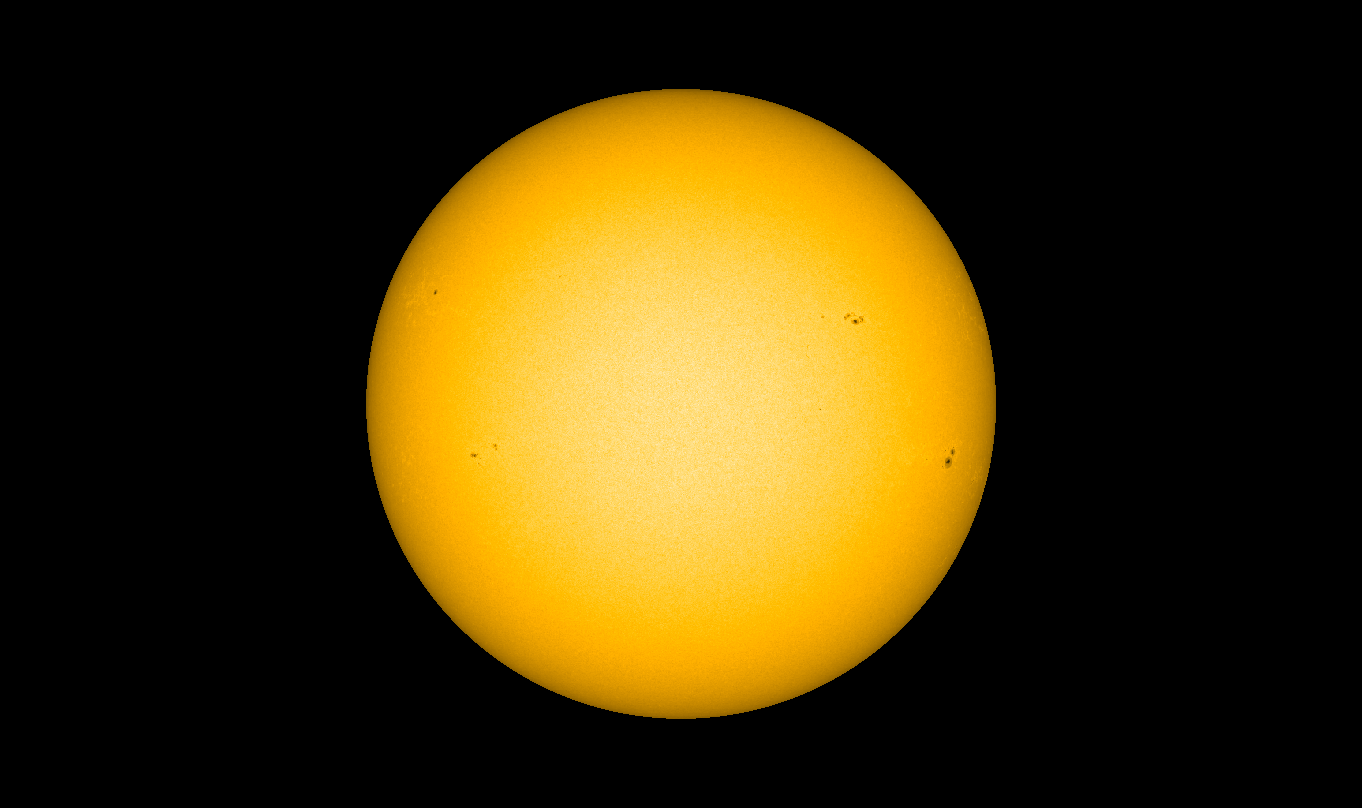
Credit: NASA/SDO/HMI
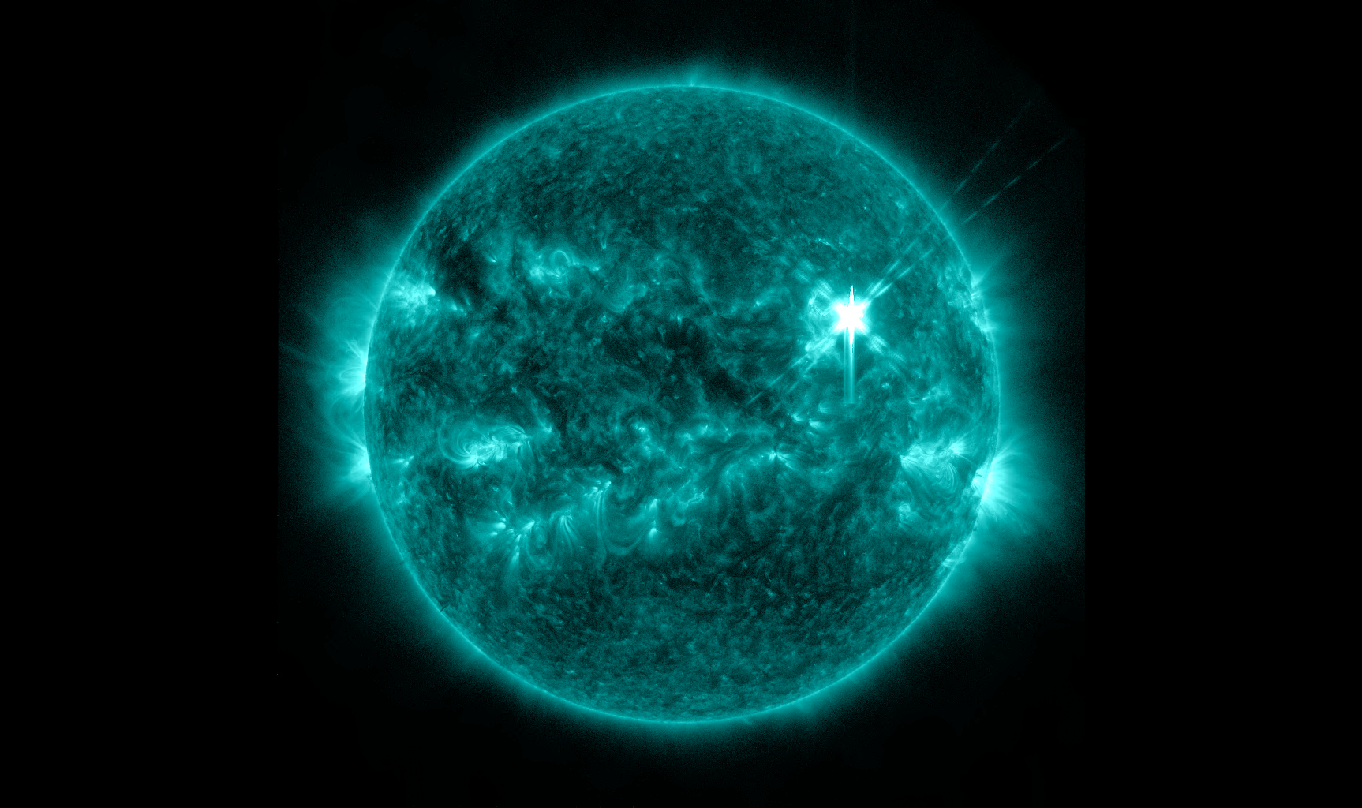
Credit: NASA/SDO/AIA
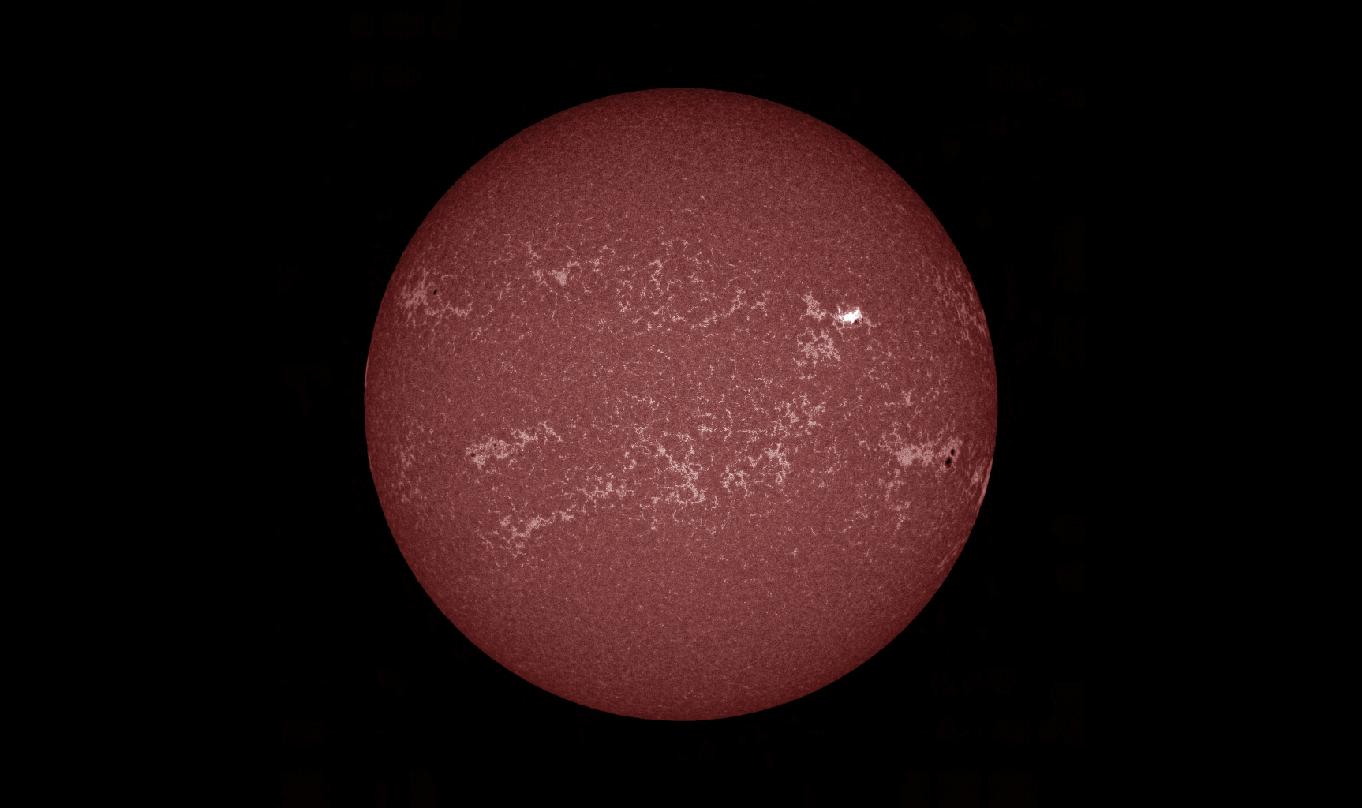
Credit: NASA/SDO/AIA
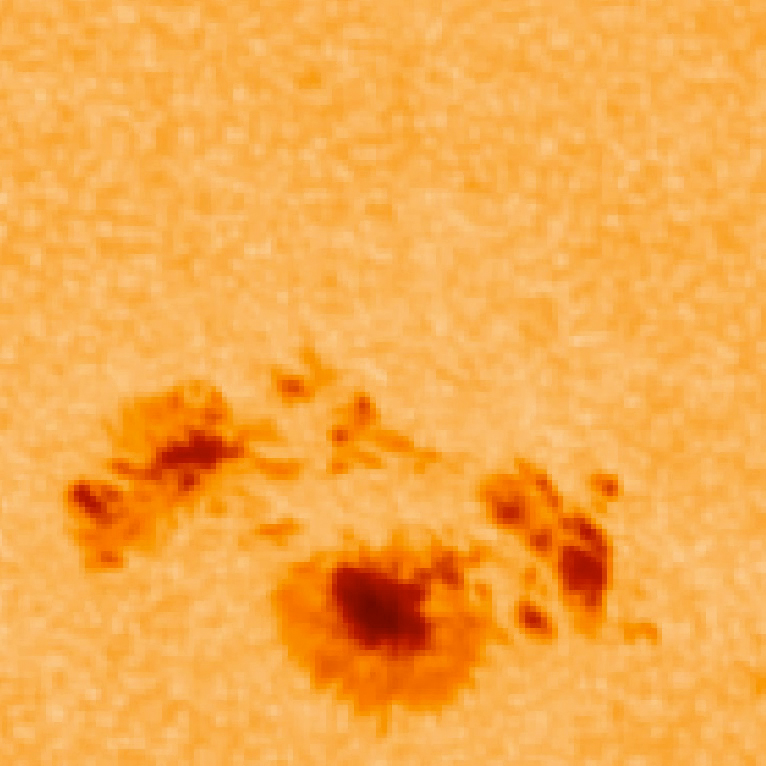
Credit: NASA/SDO/HMI
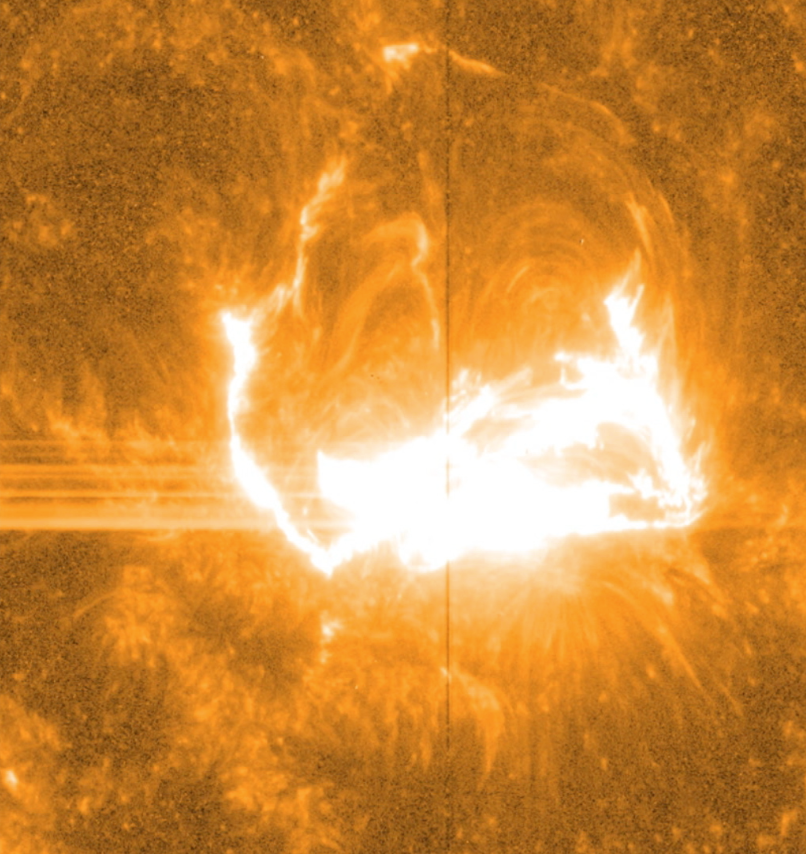
Credit: NASA/IRIS/Goddard Space Flight Center
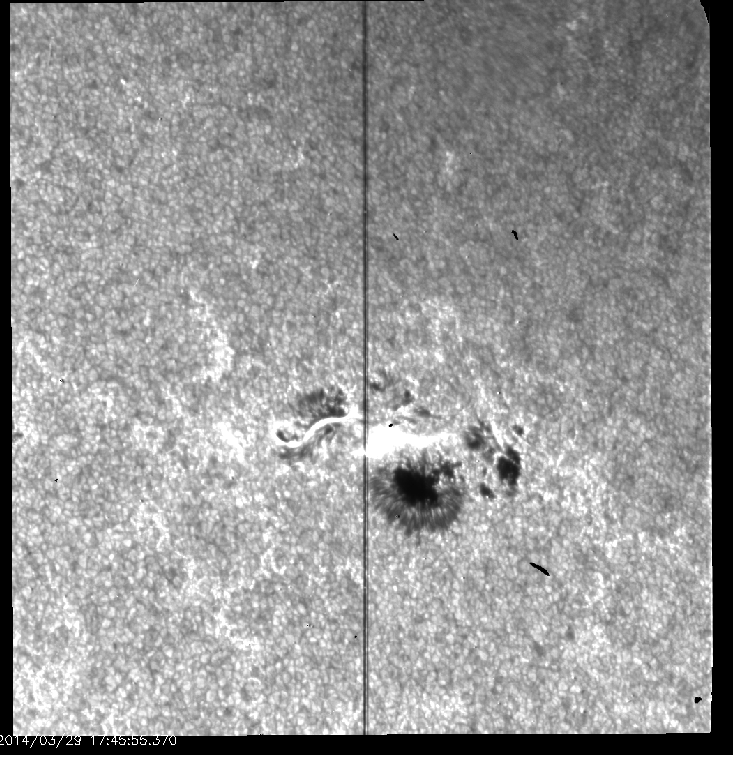
Credit: NASA/IRIS
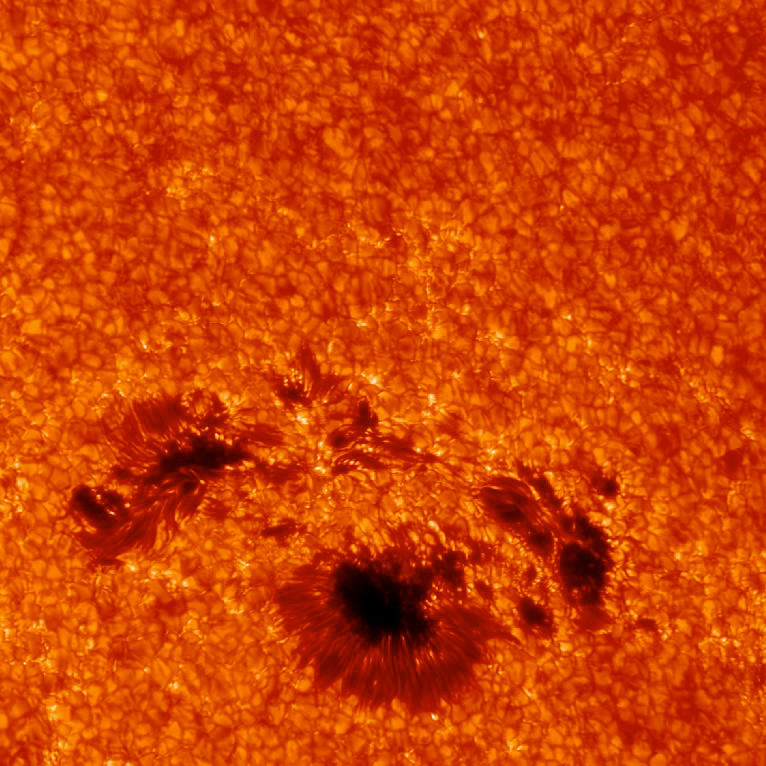
Credit: Kevin Reardon (National Solar Observatory), Lucia Kleint (BAER Institute)

Credit: Alberto Sainz Dalda (Stanford University), Kevin Reardon (NSO)
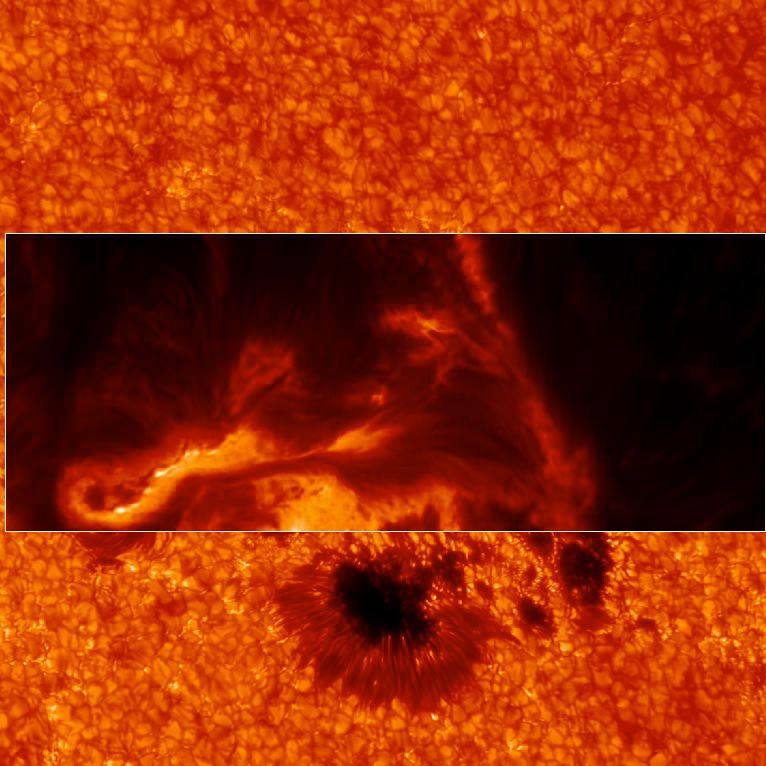
Credit: Lucia Kleint (BAER Institute), Paul Higgins (Trinity College Dublin, Ireland)
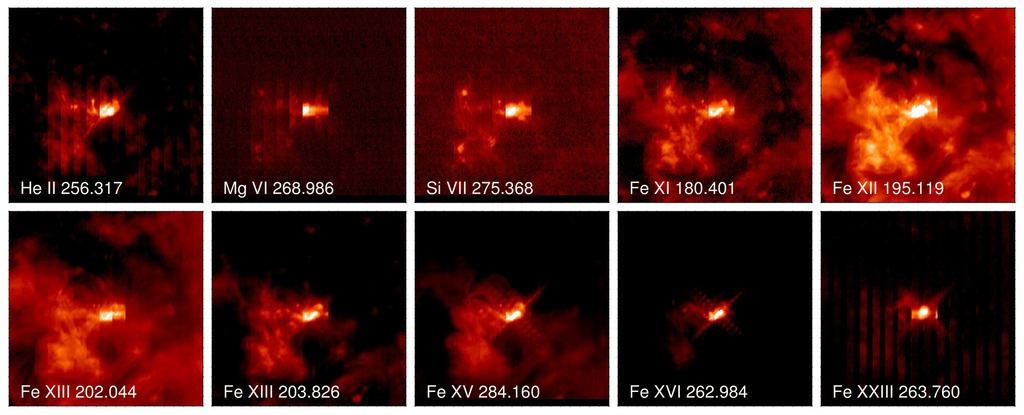
Credit: JAXA/NASA/Hinode/EIS
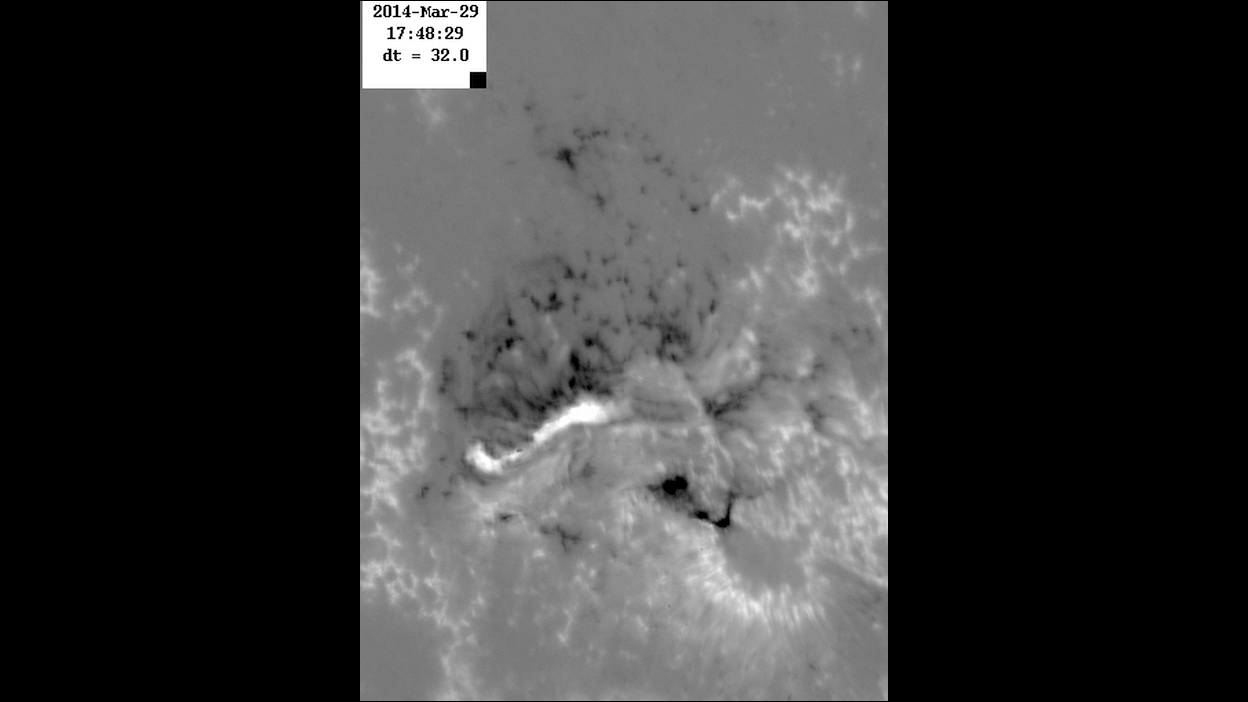
Credit: JAXA/NASA/Hinode

Credit: NASA/RHESSI
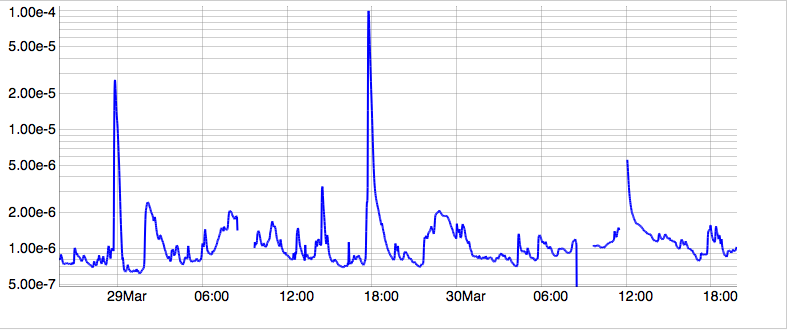
Related
Credits
Walt Feimer (HTSI): Animator
Chris Meaney (HTSI): Animator
Genna Duberstein (USRA): Video Editor
Karen Fox (ADNET Systems, Inc.): Narrator
Genna Duberstein (USRA): Producer
Adrian Daw (NASA/GSFC): Scientist
William D. Pesnell (NASA/GSFC): Scientist
Lucia Kleint (BAER Institute): Scientist
Albert Shih (NASA/GSFC): Scientist
Aaron E. Lepsch (ADNET Systems, Inc.): Project Support
Karen Fox (ADNET Systems, Inc.): Writer
NASA's Goddard Space Flight Center
https://svs.gsfc.nasa.gov/11522
This item is part of this series:
Narrated Movies
Goddard TV Tape:
G2014-035 -- One X-class Flare, Observed Four Ways
Keywords:
SVS >> HDTV
DLESE >> Narrated
NASA Science >> Sun
